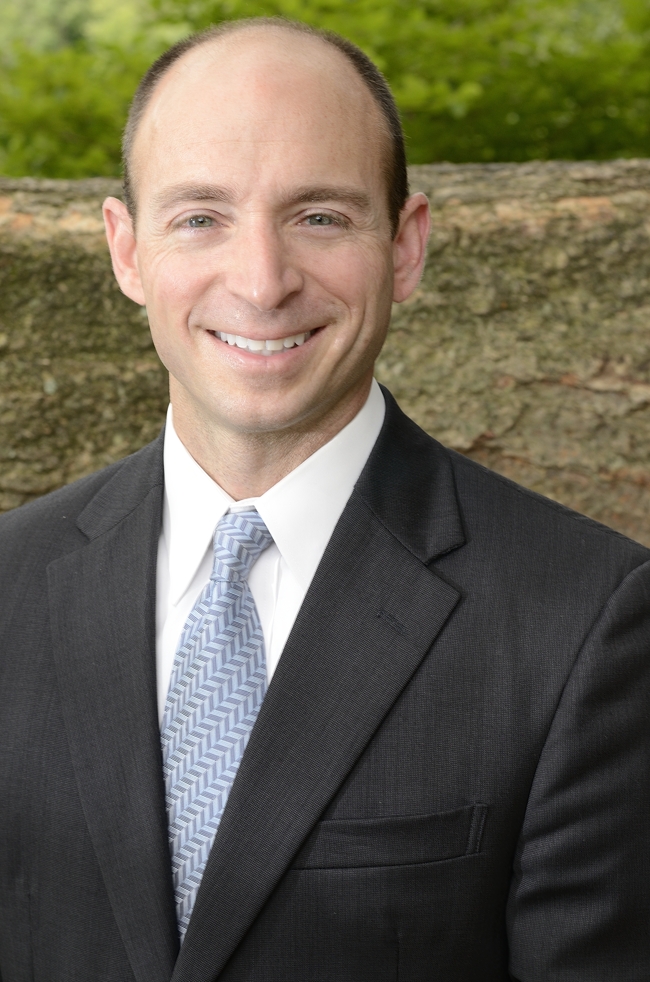Digital Strategy Decisions: Owned Media vs Paid Media vs Earned Media
Monday, April 08, 2013
In the early days of the internet, the extent of the average company's digital strategy was deciding whether or not to set up a website. These days it's rare to find even a relatively small business without an online presence and there's far more to consider than basic website design. The internet is where people talk about your brand. They might visit your website to see what you have to offer, engage with you directly via a social media site and recommend you to friends. The strands of the web are all linked and what you do in one area can directly affect what happens in another.
Owned media
The most obvious example of digital owned media is your company website. This can act as a virtual shop window for your business and should reflect all the qualities you'd like people to associate with your brand.
Your social media profiles are also generally classed as owned media, although 'partially owned' might be a more accurate description. They're hosted on somebody else's platform but you still have control over the content. Social media marketing has been a buzz-phrase for some time now but there's far more to using these sites successfully than just going for the hard sell. They give you the opportunity to spread your brand message but social media sites are uniquely placed to provide opportunities to pro-actively engage with your customers.
Ideally your owned media platforms should all be linked. Don't think of them as separate entities but different strands emanating from a central brand hub.
Paid media
Traditional types of paid media include advertisements on the radio, TV and print. In digital terms you now have display ads, site sponsorships and paid search. There is, however, evidence that people put less trust in adverts they see online. A study by advertising industry think tank Credos found that just under 50% of consumers said they had some degree of trust in digital marketing channels and that 34% didn’t trust it at all. This compares to 69% who claimed they trust print advertisements to some extent, with just 20% showing no trust at all.
Despite this, paid media can be one of the quickest ways to get your name out there. Beyond direct sales, pay-per-click campaigns and similar techniques can extend brand awareness and serve as a catalyst, drawing people into your other media channels.
Earned media
Earned media is perhaps both the most valuable and hardest to attain. Having a word-of-mouth campaign go viral, earning 'likes' and 'shares' can be marketing gold, and sites such as Pinterest can be massively influential.
It refers to what people are saying about you online and this can be influenced both by your owned and paid media but also - perhaps more importantly - by how you behave as a business. You should be prepared for the online conversation to throw out negative as well as positive comments and try to use both to your advantage. Negative responses can actually be very useful as feedback and the way you respond to criticism can affect how consumers view your business.
Advantages and disadvantages
Owned media allows the greatest amount of control over your content. You can tailor it to promote your core values and messages and build long-term relationships with existing and potential new customers. There may be a level of distrust or a lack of credibility in 'the company line' however and that lack of credibility can be even more pronounced in paid media. Paid media does have an immediate guaranteed reach however that the other two types simply can't match.
Earned media can be the most difficult type to achieve and maintain. You have little control and reactions can be negative. If you earn positive attention from others online however, it can be invaluable. The online community (in as much as it can be considered as a whole) tends to put far more trust in the opinions of other users than it does in the opinions of businesses and media suppliers.
Blurring the boundaries
Owned, paid and earned media do not sit in isolated, airtight boxes. Take, for example, a branded YouTube channel. You have control over the content. It costs money to maintain and the success of it depends on the reaction of the viewers. The old saying, 'there's no such thing as bad publicity' does not always hold true when a landslide of negative comments can influence how newcomers react to a message.
A successful strategy tends to be a joined up one that pulls all the threads together. It takes a sustained effort but as one type of media feeds and supports the others it can help give you the edge in an increasingly competitive market.
Guest post by...
Christian Arno is the founder of professional translation services provider Lingo24, Inc. Launched in 2001 Lingo24, Inc. now has over 180 employees spanning three continents and clients in over sixty countries. In the past twelve months, they have translated over forty million words for businesses in every industry sector, including the likes of MTV and World Bank. Follow Lingo24, Inc. on Twitter: @Lingo24.



 Marketing Blog founder and top-selling author Michael Fleischner has been featured on The TODAY Show, ABC World News, and Bloomerg Radio.
Marketing Blog founder and top-selling author Michael Fleischner has been featured on The TODAY Show, ABC World News, and Bloomerg Radio. 
0 comments :
Post a Comment
Please note that we reject all posts that clearly are leaving a comment simply to acquire a back link. Only comment if you have something of value to share with other readers.
Thanks!